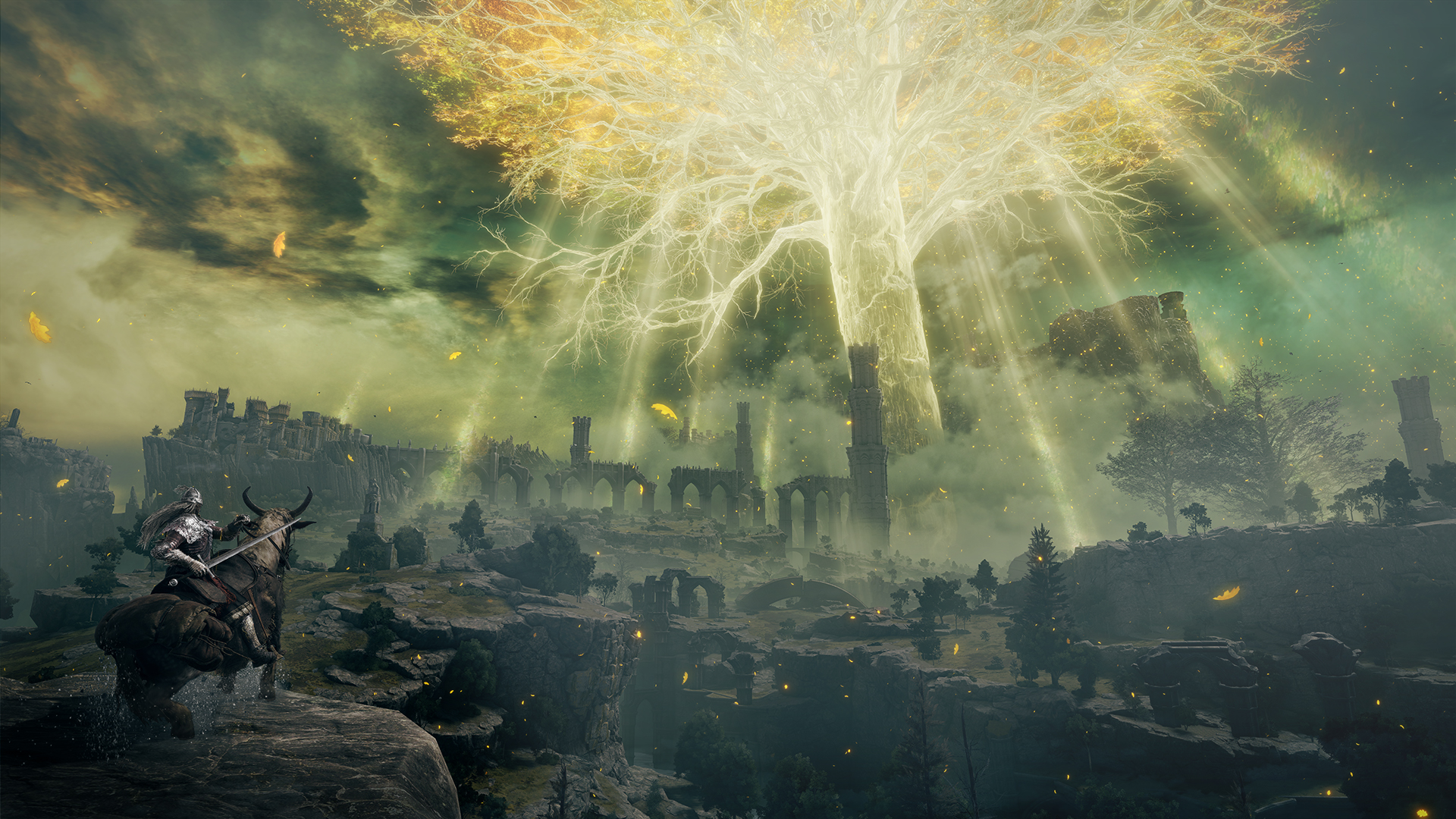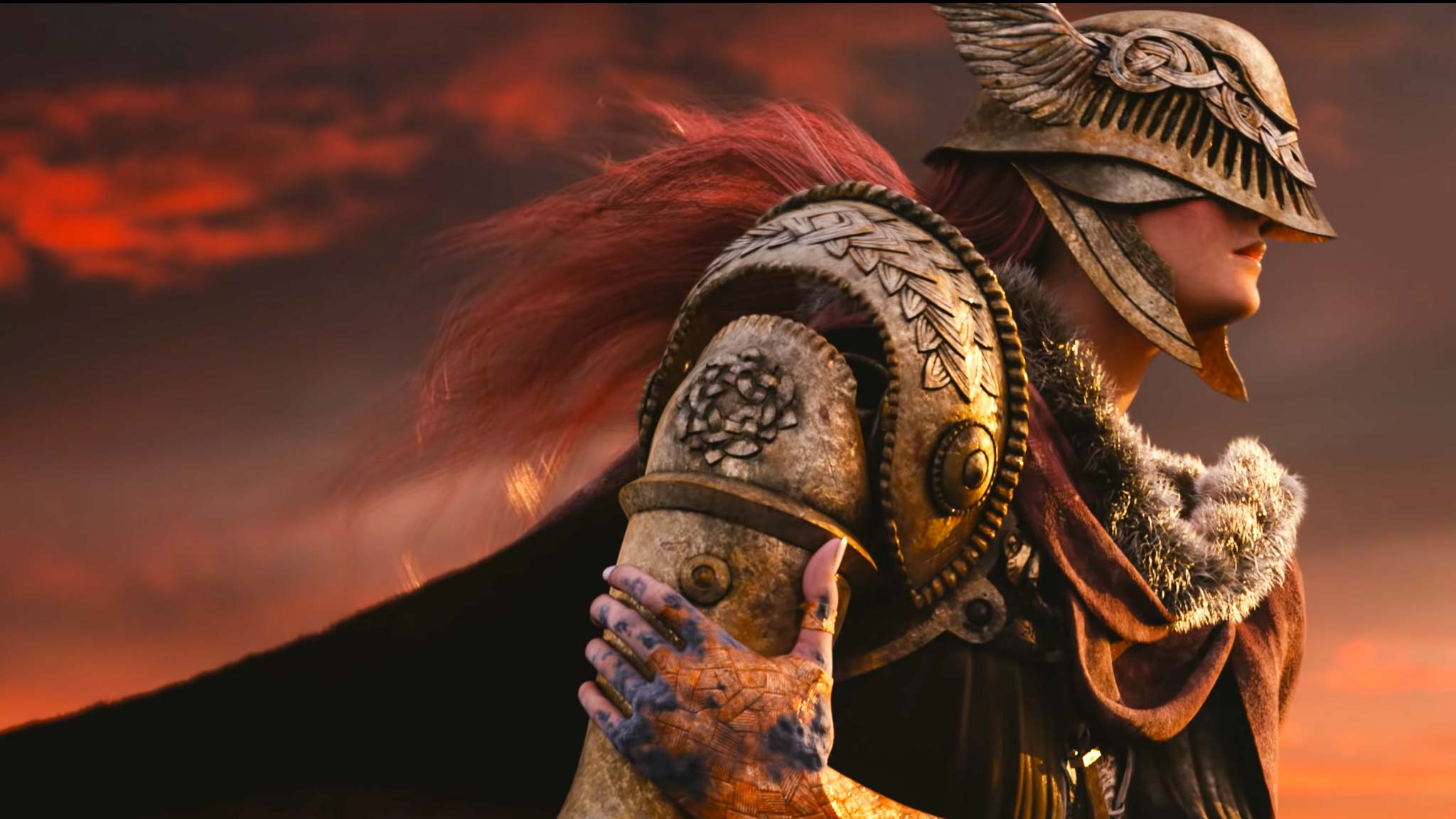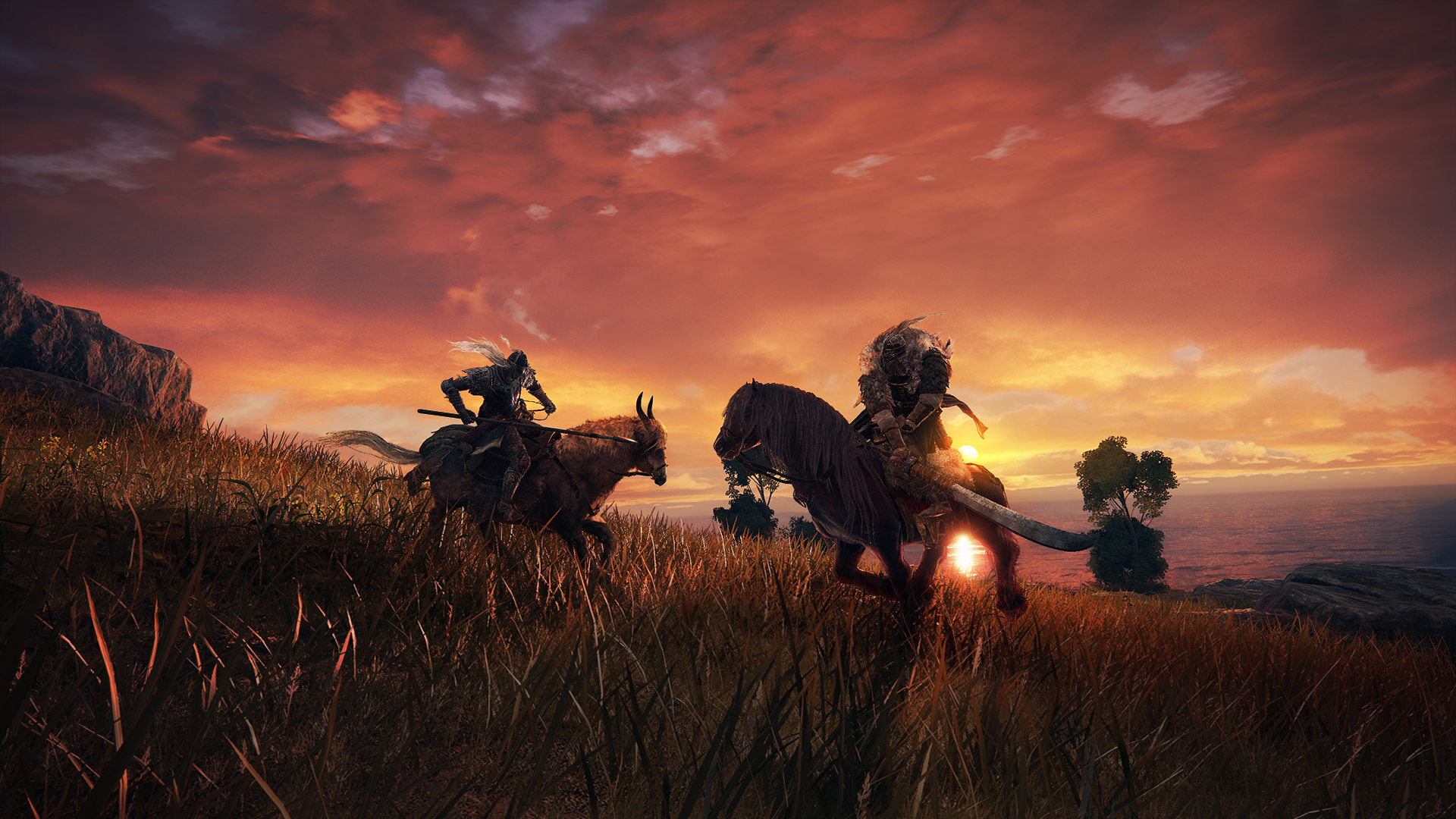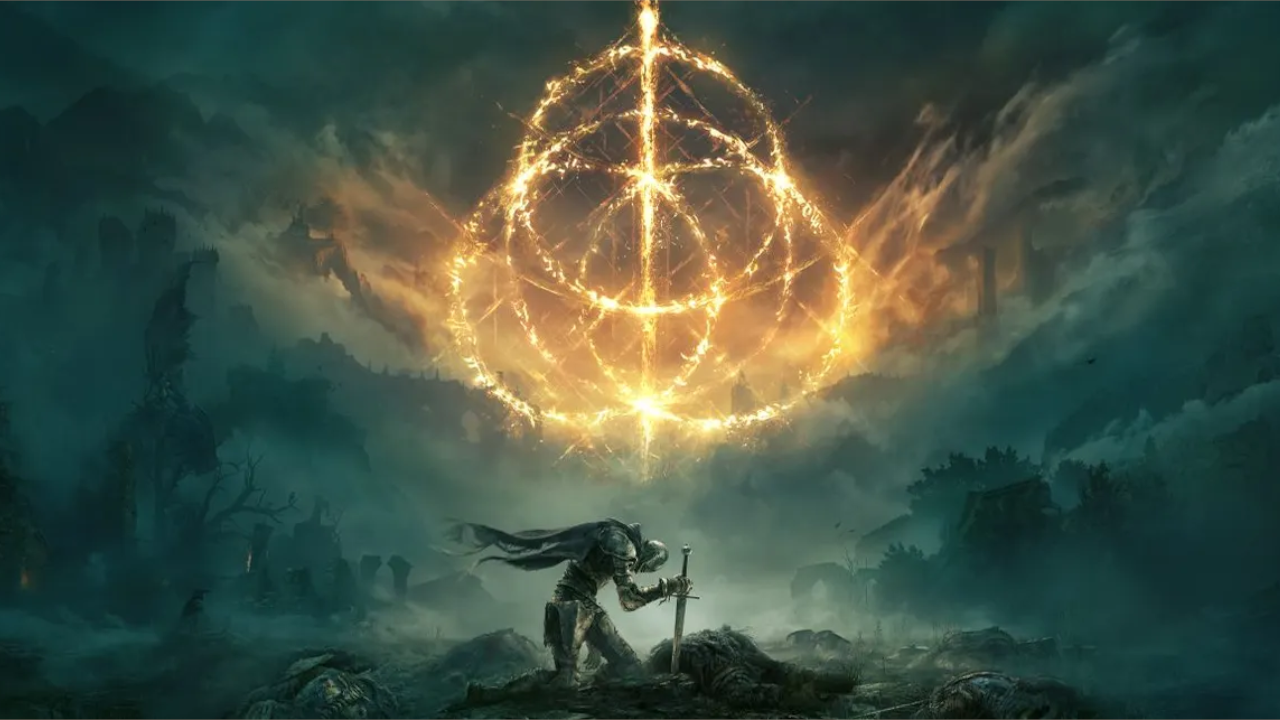Elden Ring: What you need to know before you play
Elden Ring puts an open-world spin on the beloved Dark Souls series

Elden Ring is almost here, and there’s an easy way to tell whether you should keep an eye on the game. Do you:
- Enjoy the Dark Souls series?
- But also wish the Dark Souls series had open-world elements?
If so, Elden Ring sounds like the game you want, at least on paper. While we won’t know whether Elden Ring is a worthwhile game until a little closer to release (Feb. 25), we can say that developer FromSoftware hasn’t let us down before, delivering brutally difficult games that are just fair enough to keep us coming back for more.
The good news is that Elden Ring appears to be a completely standalone game, so you won’t need to have played any previous From titles to understand the story. The gameplay, on the other hand, is quite similar to what we’ve seen in the Souls games, so returning fans will have a distinct advantage.
Before you dive into Elden Ring, we’ve compiled what we know about the game’s premise, gameplay and story, and have a few recommendations on how to prepare. Here’s what you need to know about Elden Ring.
What is Elden Ring?

In case you haven’t been especially plugged into gaming Twitter for the past three years, Elden Ring is an open-world action/RPG, developed by FromSoftware and published by Bandai Namco. We first learned about the game with a cinematic announcement trailer at E3 2019. The game went dark for a while after that, but we started getting a steady stream of news again in the summer of 2021. After a few delays, the game is finally set to launch on February 25, 2022, for PS5, PS4, Xbox Series X, Xbox Series S, Xbox One and PC.
If you’ve played previous From games, you should know roughly what you’re getting into here. Elden Ring will be an incredibly difficult game, characterized by quiet, atmospheric environments, an evocative, minimalist story and deep, detailed character customization.
However, Demon’s Souls, Dark Souls and Bloodborne all had discrete, distinct levels, even though those levels were occasionally large and open-ended. By contrast, Elden Ring is an open-world game, letting you explore big chunks of the overworld, more or less unfettered, right from the start. You even get a spectral steed to carry you across the open plains, which is a first for a From game.
Get instant access to breaking news, the hottest reviews, great deals and helpful tips.
Elden Ring gameplay: What to expect

While a lot of Elden Ring remains shrouded in mystery, Bandai Namco has been pretty good about sharing information over the past few months. And, thanks to an extensive Elden Ring network test, we have a pretty good idea of how the gameplay will work.
First off, if you’ve played any of the Souls games, you should feel right at home. While Elden Ring has a much larger world to explore, the moment-to-moment gameplay is almost exactly the same. You’ll still customize a character, choose a class (melee, ranged, magic, or some mix of the three) and set off into a big, unsettling world. You’ll still explore dungeons with hidden enemies and traps around every corner; you’ll still find items and equipment hidden in hard-to-reach secret areas; you’ll still confront massive bosses that can destroy you in just a few hits.
You’ll also still collect a resource that doubles as both experience points and currency each time you defeat an enemy. This time, they’re called “Runes,” but they work the same as Souls or Blood Echoes. You can use Runes to level up your attributes (strength makes you hit harder, endurance lets you equip heavier armor, intelligence lets you learn more spells — you know the drill), or you can buy weapons, armor and consumable items. When (not if) you die, you have one chance to reclaim your unspent Runes by fighting your way back to where you perished. If you die en route, they’re gone forever.
Naturally, Elden Ring’s biggest difference from the Souls series is its open-world design. While Elden Ring’s gameplay isn’t drastically different from Dark Souls, the game’s structure is. Right from the get-go, you get a detailed map and the ability to teleport between Sites of Grace (this game’s version of resource-restoring Bonfires). You can summon a horse to take you from place to place, and fighting enemies — including some bosses — on horseback is usually an option.
The game also features a number of mini-dungeons, usually only a few rooms long, sometimes with a unique puzzle to solve or boss to fight. Based on the network test, these are a common reward for thorough exploration, and they’re where players will probably earn most of their Runes and resources between plot-centric quests.
Furthermore, if you're planning to play the game on PC, you'll need at least 12 GB RAM and 60 GB storage, as well as an Intel Core i5-8400 or AMD Ryzen 3 3300X CPU, and an Nvidia GeForce GTX 1060, 3 GB or AMD Radeon RX 580, 4 GB GPU. You can learn more in our Elden Ring system requirements story.
Elden Ring story and setting

One of the most exciting features of Elden Ring is that George R.R. Martin wrote the backstory for it. The Game of Thrones author collaborated with game director Hidetaka Miyazaki to create a unique world and mythos, inspired by the Dark Souls series but not beholden to it.
Since the game isn’t out yet, we can’t say exactly what the overall thrust of the story will be. And, even if we could, From games tend to be abstruse and inscrutable at the best of times. No doubt, a lot of Elden Ring’s story will be open to interpretation well after players have finished it.
However, we do know a few of the broad strokes. The game takes place in the Lands Between, where long ago, a war called The Shattering pitted powerful demigods against each other. Among other things, the conflict destroyed the mystical Elden Ring, and the demigods now cling to the ring’s shards. You play as a Tarnished: an undead warrior who has the potential to claim the Elden Ring’s power for yourself.
Granted, we don’t know what the Elden Ring is, what it does, or what the Tarnished would gain from possessing it. But the game’s story lasts at least 30 hours, so we imagine we’ll find out before the end.
Dark Souls fans will no doubt find a lot of similarities between Elden Ring and From’s earlier series, from the four deadly demigods to the powerful, chosen undead protagonist. But From has been pretty consistent in wanting to explore themes of power, corruption and decay in its previous games, so perhaps it’s not surprising that Elden Ring will continue that trend.
What to play before Elden Ring

If you want a sneak preview of what playing Elden Ring will be like, all you need to do is try one of From’s other games. (If you’ve already played From’s other games, then you’ll just have to sit tight for a week.) Most of them are playable on modern platforms, particularly if you have a PS5.
Demon’s Souls was the game that put From on the map back in 2009. This dark, difficult action/RPG is now one of the best PS5 games, and it’s arguably one of the shorter and simpler Souls games. If you’ve never played a From game before, this is probably where you’ll want to start.
Dark Souls: Remastered, on the other hand, is arguably the most accessible From game. You can play it on any modern platform; in fact, it's arguably one of the best Nintendo Switch games. The level design is much more open than Demon’s Souls, which means that it’s structurally a bit closer to Elden Ring as well. I wouldn’t necessarily recommend diving into Dark Souls II or III, though, as they pick up on story threads from the first game.
Bloodborne is perhaps the easiest From game to pick up and play, offering faster-paced gameplay, more dynamic healing options and a more streamlined gear selection. It’s also available as part of the PS Plus Collection, so anyone with a PlayStation Plus subscription (and a PS4 or PS5) can play it at no extra charge.
The one From game that might not prepare you for Elden Ring is Sekiro: Shadows Die Twice. This brutal samurai adventure is an excellent game in its own right, but eschews many of Souls’ RPG elements for a more action-focused experience.
Tom’s Guide will have a full review of Elden Ring closer to release date. Until then, there’s a 45-minute developer interview from the Taipei Game Show, which is about as deep a dive as you can get at the moment.

Marshall Honorof was a senior editor for Tom's Guide, overseeing the site's coverage of gaming hardware and software. He comes from a science writing background, having studied paleomammalogy, biological anthropology, and the history of science and technology. After hours, you can find him practicing taekwondo or doing deep dives on classic sci-fi.
